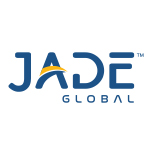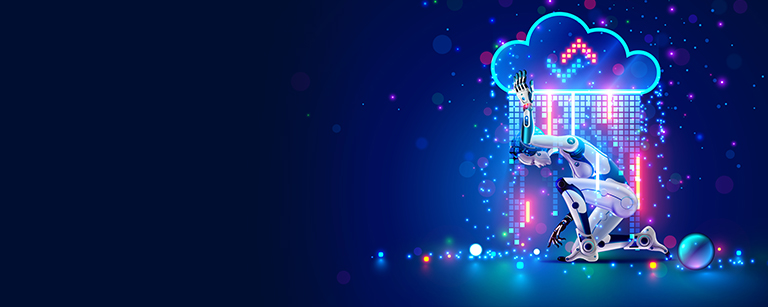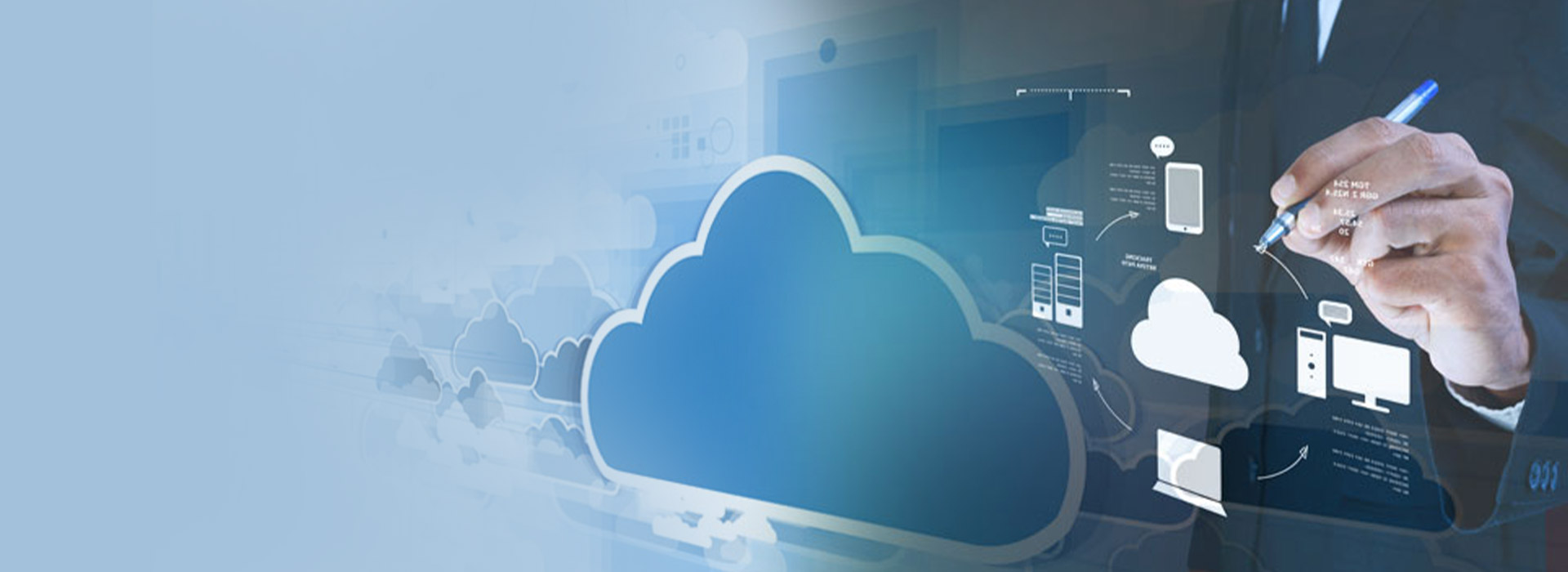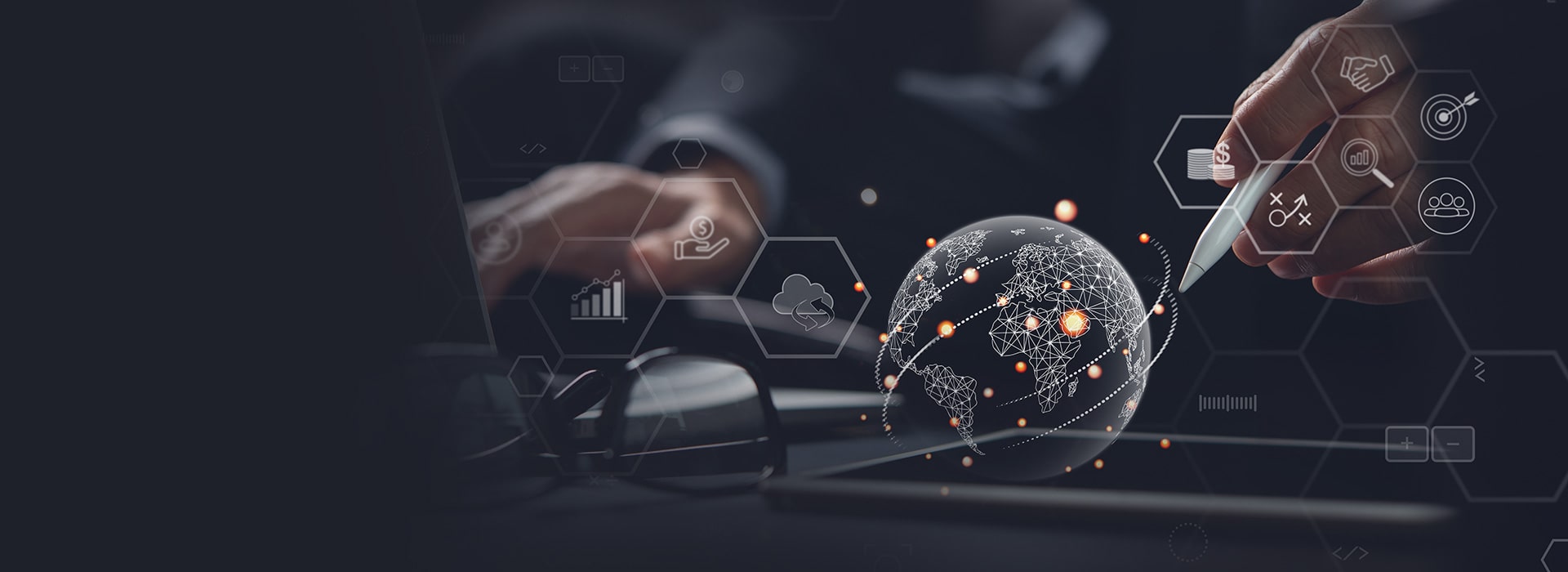Unlike past decades, present business scenario has multi- generation workforce.
What is the main reason behind increasing multi-generation employees?
Well, the answer is quite simple, which is ‘Baby Boomers.’ Basically, better health condition due to improved medical facilities, rising cost of living, shortage of qualified professionals and ever growing complex nature of business leading to rising demand for expertise have increased the number of Baby Boomers at the workplace.
Even younger generation has become smart and highly adaptive to swiftly understand the new business process and make quick decisions. Hence, multi generation in the workplace has led to a deadly combination of fresh talents with high motivation and older generation with deep-dive expertise and wide experience.
There is also generation Z that will be graduating in few years’ time now and join different organization. Hence, the workplace will see baby boomers, generation Y, generation X and generation Z. It will be a difficult task managing young generation and older generation at the same time. Hence, Multi-generation workplace challenges will have to face strategically.
"As new generations join the workforce, there is a period of adaptation that's required on both ends," said Rich Milgram, CEO of career network Beyond.com. "New talent needs to respect and assimilate, while established talent needs to adjust and remain flexible. Companies should challenge their employees to rise above [generational differences], think outside their comfort zone and tackle problems together."
Let us discuss Top 3 Key Challenges for Managing Multi-Generation Workforce
Cultural Orientation
There has been a dramatic shift in the workplace technology and working style. "I think it's important for the more experienced worker to try to focus on what he or she offers the employer rather than overly focusing on the age concern," says Miriam Salpeter, a job search consultant at Keppie Careers and author of a new free e-book: 5 Mistakes Job Seekers Make and How to Avoid Them. "Consider your experience an asset and pay attention to how well you're prepared to do the job. For example, your maturity and experience helps you solve problems more quickly." Volunteer to mentor younger workers or be mentored by younger colleagues in areas where your boss may show some concern about your prowess.
Hence, the organizational leadership should give leverage to the multi-generational employees for working as per their own style. This would create a cultural balance in the organization.
Communication Gap
“I’m seeing a lot of generational conflict around differences in communication style and approach to working,” says Brownlee, president of corporate training firm Professionalism Matters in Atlanta, Ga. “It becomes a barrier that gets in the way of trust.”
“Typically the older generations prefer talking face-to-face or on the phone, and the younger generations tend toward text-based messages like email and instant message,” she says. “It becomes very frustrating when you communicate with someone in a mode that they don’t like.”
Baby boomers and generation Y are more inclined toward formal communication, which includes E-mails or phone calls. However, younger generation are savvy to use BBMs, Skype messaging, tweets and other form of instant messages. Managing multi-generation workforce, especially their communication gap could hamper the organization’s efficiency.
Organization should organize team building activities to remove the communication awkwardness and should allow individuals to communicate in his or her suited style.
Stereotypes
Indolent, tech savvy, restless are some of the adjectives that will define older generation’s mindset for the younger ones. Not all think this way, however, most of the older generation do have the aforementioned perception. Similarly younger generation feels that the older generation are rigid in their approach and do not easily adapt to the changing business scenarios. Such stereotypes could create a friction among the staff.
Numerous organizations face challenge for regularizing the multi-generation workforce with numerous software and system in the market. We have implemented Taleo products for our clients facing similar challenges, which are geared towards ensuring experienced employees have ongoing career and goals in alignment with the organization’s, and have growth charts supported by constant learning and development.
Read success story: EPBCS Financials and Workforce Implementation













